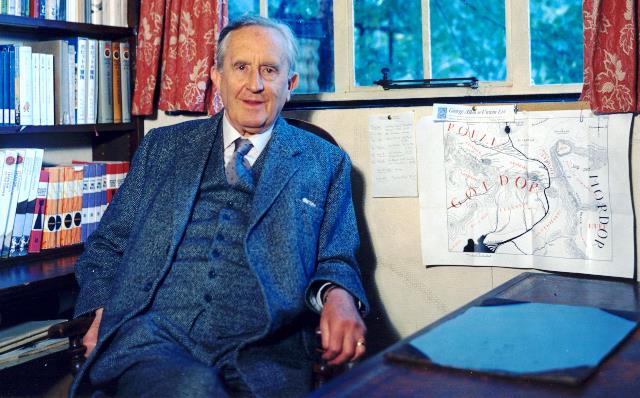
Finland is one of the Scandinavian countries and the most beautiful country in Europe. Cold, but incredibly cozy and comfortable to live in. A country with a huge and unique heritage. The complexity and unusualness of the culture of this country are reflected in its language. All the most unusual and interesting facts about it are presented in the article below.
Fact one
It was on the basis of this Scandinavian language that a new language was created. Professor J.R.R. Tolkien using Finnish orthography and of course Quenya, the famous language of the elves, was not developed. This language laid the foundation for the entire universe of "The Lord of the Rings".
It is actively studied by students at English universities. Finnish has in fact, to some extent, given the world a masterpiece of world literature, which many fans of science fiction are very happy about.

Fact two
It is the Finnish language that holds the Guinness Book of Records record for the longest word in the world. Rather, it is not even a word, but a whole phrase with the following meaning: a person sent to study the turbines of jet aircraft of the Finnish army, subordinate to the assistant junior officer-mechanic.
Such a long phrase, contained in one word, finds an explanation in the specifics of Finnish word formation. Moreover, it is deciphered from the end.
Fact three
Despite the obvious complexity and beauty of the Finnish language, its official written language appeared only in 1543. Before that, it existed only in oral speech in several dialects, and all state documents were drawn up in Swedish (this is why Finland has not one official language, but two, although Swedish is gradually losing its popularity).
Mikael Agricola gave the Finns the gift of writing. Since then, written language has gradually spread not only among the aristocracy, but has also affected the common population.

Fact four
The phonetics and word formation of the Finnish language are easy and difficult at the same time. For example, Finnish has no genders, no sounds ж, ч, ш, and the stress in almost all cases falls on the first syllable. In addition, there are no articles, future tense, and the language itself is very melodic and generally more like music than simple human speech.
Does it all seem simple and attractive for learning? No way! Finnish has 15 cases, and in the tense forms of the verb the devil himself could break his leg, plus, despite the small number of letters (13 consonants and 8 vowels), each of them can be either long or short.
Fact five
Globalization does not pass without a trace for any of the modern languages of the world. English, Latin words can be found in almost unchanged form in any language of the world, except Finnish. No, borrowed words of course exist, but they are so strongly altered that they completely lose their connection with the original name, which is quite unusual, I must admit.
For some reason unknown to mere mortals, the Finns do not like to introduce new words of foreign origin into their language, instead they prefer to give unique names based on the linguistic base of their own language. This is especially noticeable in the names of various countries of the world in Finnish. They have nothing in common with the original sound.

Fact number six
Finnish is a Finno-Ugric language spoken by over seven million people and is quite different from other Scandinavian languages. It is also an agglutinative language, meaning that words are formed by adding numerous suffixes and endings to their original forms.
This is the reason why the words in this language are so long and incomprehensible.













